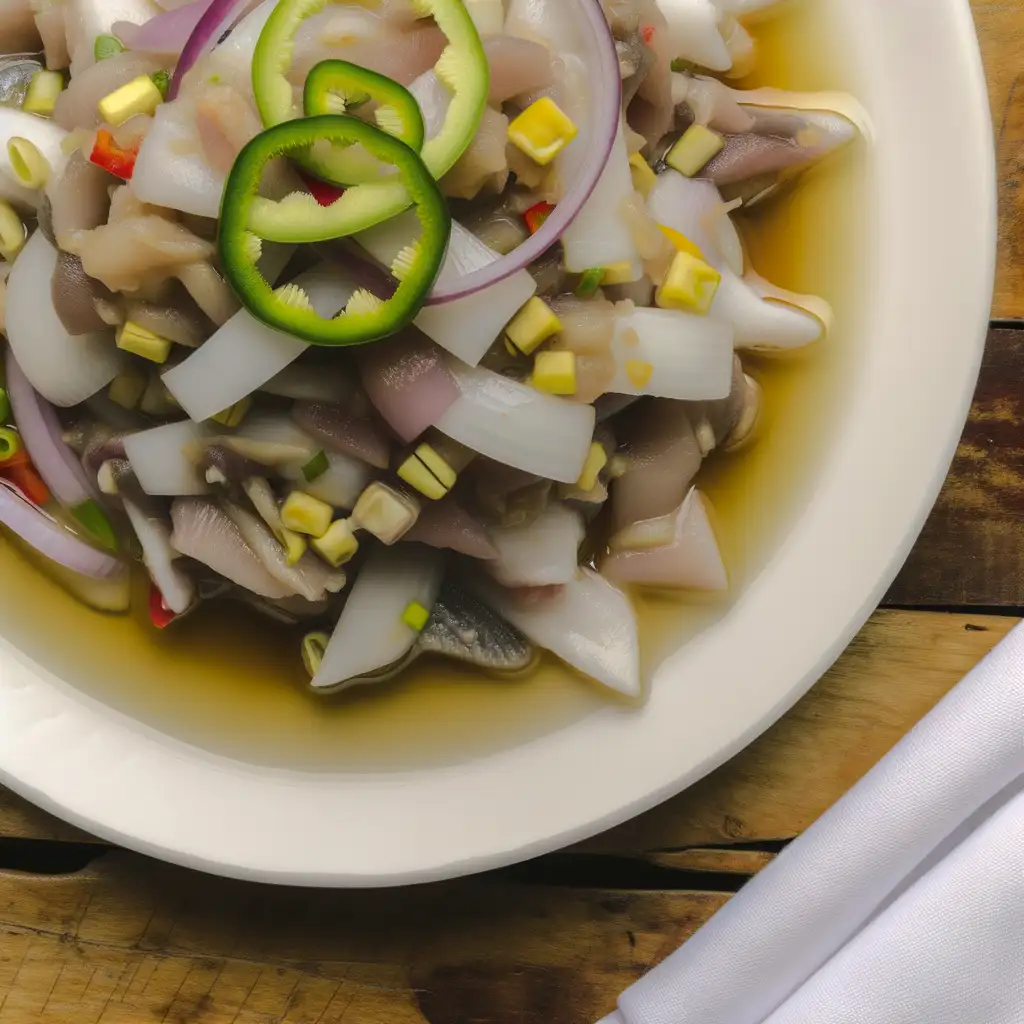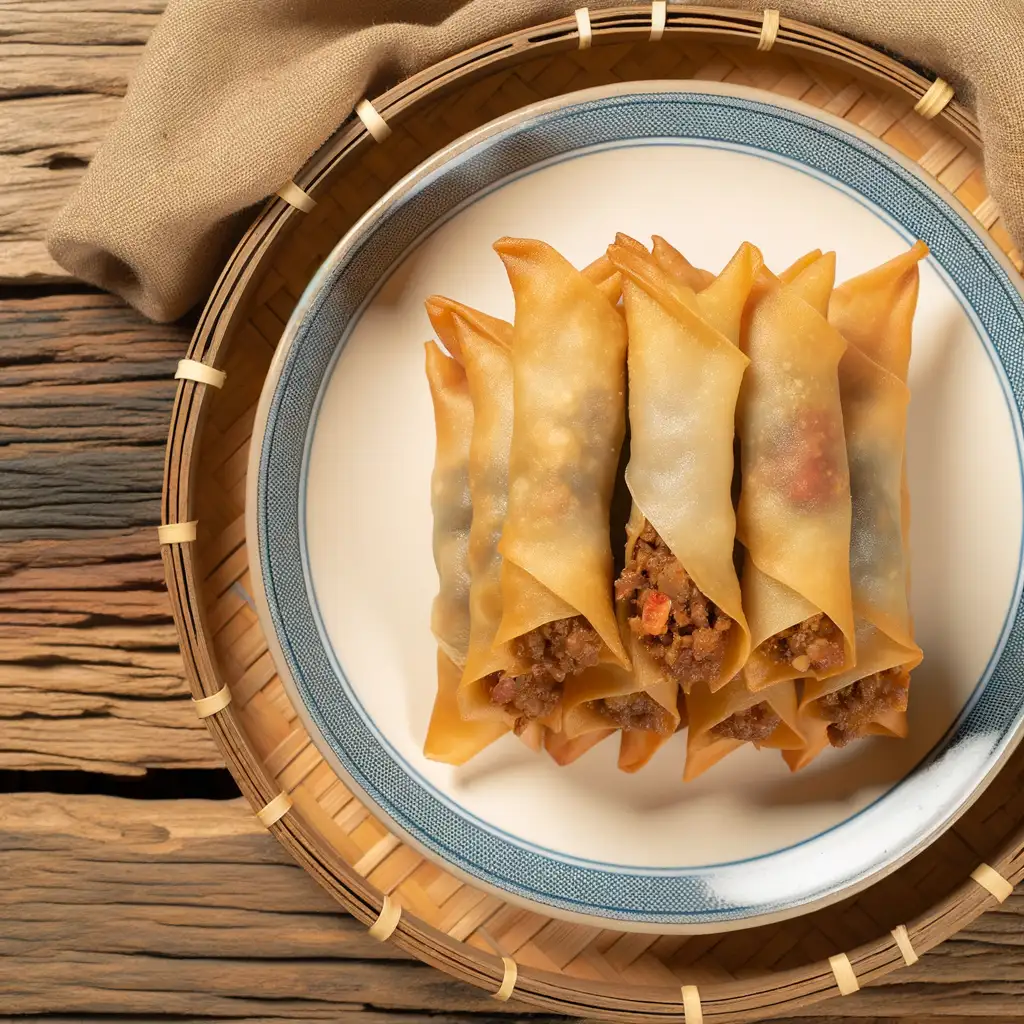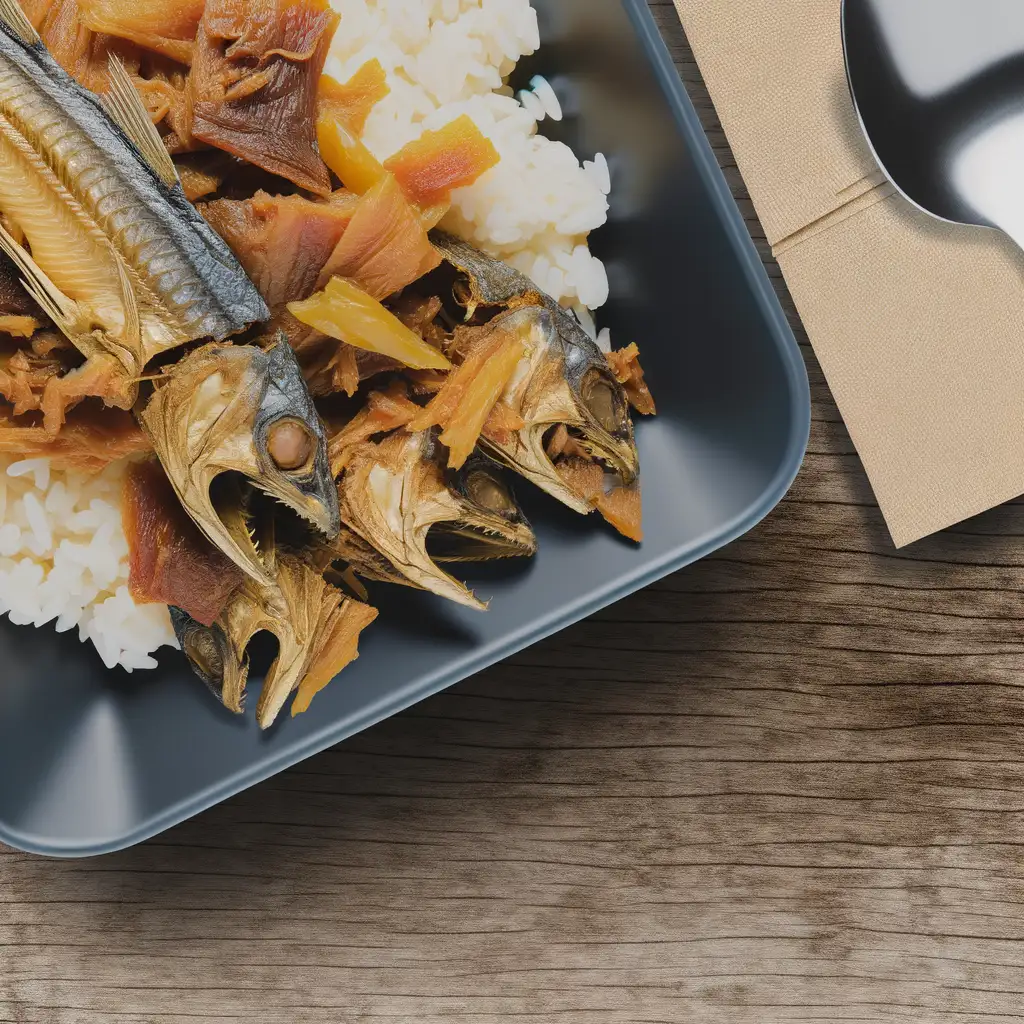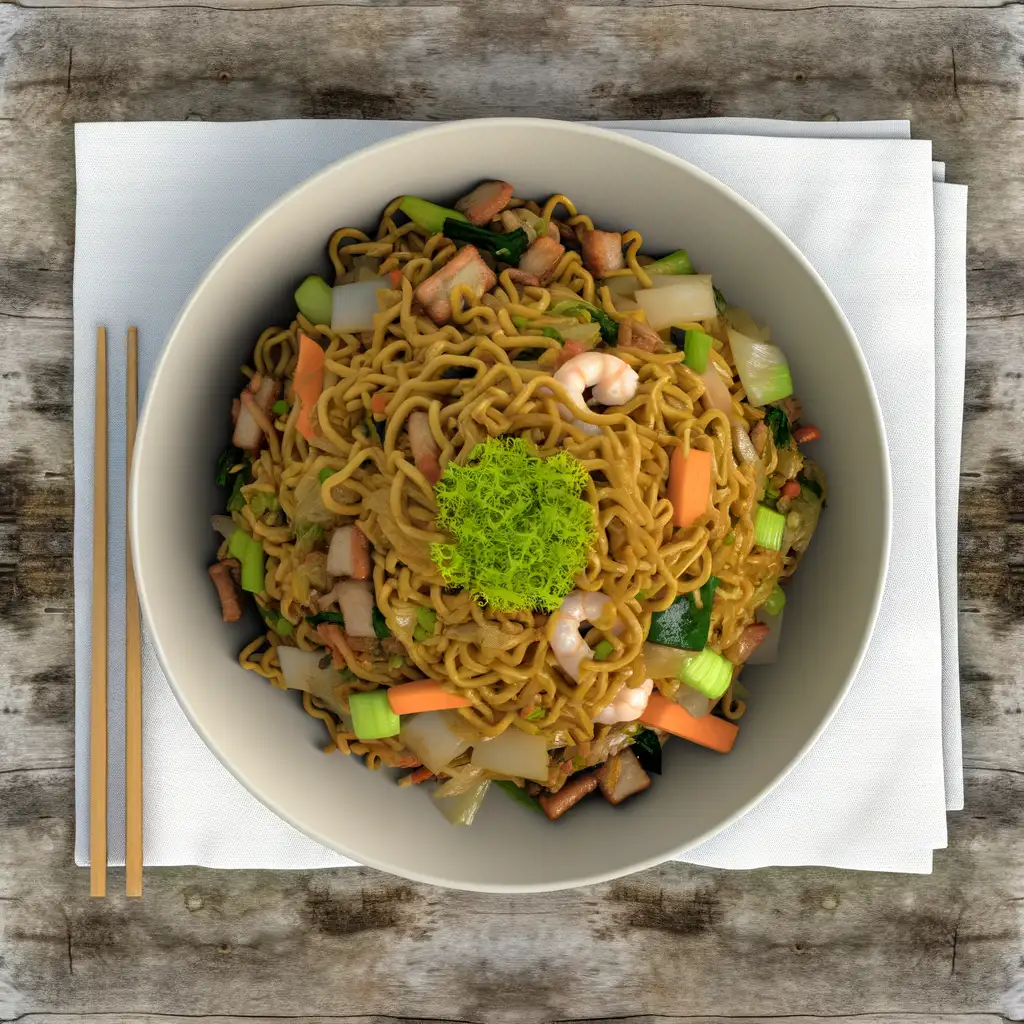


Imagine stepping into a place where history hums through the streets and the ocean breeze carries the scent of salty adventure—that’s Cebu City for you. The moment you arrive,there’s this lively energy that wraps around you,a mix of old-world charm and modern buzz. You’ll find yourself wandering through colorful markets where the chatter of vendors blends with the aroma of freshly grilled street food—think sweet,smoky lechon sizzling over coals,tempting you at every corner. Cebu’s character is a beautiful blend of the past and present. Ancient Spanish forts and centuries-old churches stand proudly alongside sleek cafes and vibrant street art. The city pulses with warmth,not just from the tropical sun but from the people who greet you with genuine smiles and stories. At night,the streets light up with music and laughter,and you can almost taste the festive spirit in the air. What really makes Cebu unforgettable is how it feels alive in every sense. You can hear the waves crashing nearby,see the colorful jeepneys weaving through traffic,smell the tropical fruits at the market,and feel the warmth of the sun on your skin as you explore. It’s a place where culture,history,and everyday life blend seamlessly,inviting you to dive in and experience its vibrant soul firsthand.
The information on this page is currently being reviewed by Tripkliq and should be used as a guide only
Eng word: Hello
Eng pronunciation: Hello
Local language: Hello
Eng word: Goodbye
Eng pronunciation: Pah-ah-lahm
Local language: Paalam
Eng word: Thank you
Eng pronunciation: Sah-lah-maht
Local language: Salamat
Eng word: How much
Eng pronunciation: Tag-pee-lah
Local language: Tagpila
Eng word: Toilet
Eng pronunciation: Kah-sil-yas
Local language: Kasilyas
Eng word: Help me
Eng pronunciation: Tah-bahng-ee koh
Local language: Tabangi ko
Eng word: Yes
Eng pronunciation: Oh-oh
Local language: Oo
Eng word: No
Eng pronunciation: Dee-lee
Local language: Dili
Eng word: Excuse me
Eng pronunciation: Pah-sigh-loh-ah koh
Local language: Pasayloa ko
Cebu City is considered the birthplace of Christianity in the Philippines. Portuguese explorer Ferdinand Magellan planted the Cross of Christianity upon arriving in Cebu in 1521.
Established in the 1500s, Cebu City is the oldest city in the Philippines and was the first Spanish settlement in the country.
Cebu City is home to the University of San Carlos, which traces its roots back to 1595 and is regarded as the oldest school in the country, marking the beginning of the Philippine public education system.
The Parian District in Cebu City was once the center of trade and commerce for Chinese merchants during the Spanish colonial era, making it a melting pot of cultural influences.
The Magellan's Cross Pavilion houses a Christian cross planted by Portuguese and Spanish explorers as ordered by Ferdinand Magellan upon arriving in Cebu. It is a symbol of Christianity's introduction to the Philippines.
The Sinulog Festival, celebrated every third Sunday of January in Cebu City, is one of the most distinguished and colorful festivals in the Philippines. It honors the Santo Niño, or the child Jesus, representing the pagan origin of the Filipino people converting to Christianity.
Constructed in the early 1700s to repel Muslim raiders, Fort San Pedro is the oldest military defence structure in the country, showcasing Cebu's rich colonial history.
Named after Christopher Columbus (Cristobal Colon), Colon Street is the oldest and one of the busiest streets in the Philippines, reflecting the lively commercial life of Cebu City through centuries.
The Basilica del Santo Niño houses the oldest religious relic in the Philippines, the Santo Niño de Cebu statue, presented by Ferdinand Magellan to Queen Juana of Cebu in 1521 as a symbol of alliance and conversion to Christianity.
In Cebu City, the most common Power Adaptor is Type A, Type C.



A whole roasted pig, known for its crispy skin and tender meat, often served during special occasions and celebrations.

A Filipino ceviche made from fresh raw fish marinated in vinegar and citrus juices, mixed with onions, ginger, and chili.

A combination of three cooking methods:'sugba' (grilled),'tuwa' (soup), and 'kilaw' (ceviche), typically featuring fresh seafood.

Rice wrapped in woven coconut leaves, often served as a side dish with grilled meats and seafood.

Crispy spring rolls filled with a mixture of ground pork, vegetables, and spices, commonly served as an appetizer.

Dried fish, often served with rice and vinegar, popular for breakfast or as a side dish.

A no-bake dessert made with layers of ripe mangoes, cream, and graham crackers, perfect for the tropical climate.

Stir-fried egg noodles with a mix of vegetables, meat, and seafood, often served during celebrations.
Manila is this vibrant,bustling heart of the Philippines that grabs you the moment you step off the plane. There’s an energy here that’s both chaotic and warm,like the city is alive and breathing with stories waiting to be discovered. Walking through its streets,you’ll catch the scent of sizzling street food mingling with the salty breeze from Manila Bay. The soundscape is a lively mix of jeepneys honking,street vendors calling out their wares,and the occasional laughter spilling from a nearby sari-sari store.
What makes Manila truly special is its rich tapestry of history and culture woven into everyday life. You can wander through Intramuros,the old walled city,and feel the echoes of Spanish colonial days in the cobblestone streets and centuries-old churches. Then,just a few blocks away,modern skyscrapers rise,showcasing the city’s dynamic spirit. The people here are incredibly warm and welcoming,always ready to share a story or recommend their favorite spot for halo-halo,a sweet,icy treat that’s perfect for cooling down in the tropical heat.
Manila’s charm lies in its contrasts—the old and new,the quiet moments in hidden courtyards and the lively buzz of night markets. It’s a place where you can savor rich Filipino flavors,dive into vibrant festivals,and feel the pulse of a city that’s constantly evolving but never loses its heart. If you want a trip that’s full of life,color,and genuine warmth,Manila’s waiting with open arms.
If you ever find yourself craving a place where nature’s calm meets a laid-back island spirit,Puerto Princesa is where you want to be. The moment you step off the plane,there’s this warm,salty breeze that wraps around you,carrying the faint scent of the sea and tropical blooms. It’s a city that doesn’t rush — people move with a gentle rhythm,and the streets hum softly with the chatter of locals and the occasional strum of a guitar from a nearby café. It feels like a breath of fresh air,both literally and figuratively.
What really makes Puerto Princesa stand out is its deep connection to nature. The famous Underground River is just the beginning — lush mangroves,crystal-clear waters,and vibrant coral reefs surround the city,inviting you to explore. You can hear the calls of exotic birds in the morning and watch fishermen bring in their catch as the sun dips low,painting the sky in shades of pink and orange. The food scene here is a delightful surprise too — fresh seafood grilled right on the beach,sweet tropical fruits bursting with flavor,and local dishes that tell stories of the sea and the land.
But beyond the sights and tastes,it’s the people who make Puerto Princesa unforgettable. Their warmth and genuine smiles make you feel like you’re not just visiting,but truly welcomed. Whether you’re wandering through the bustling market or sharing a laugh with a vendor,there’s a sense of community that lingers long after you leave. It’s a place that invites you to slow down,soak in the simple joys,and leave with a heart full of stories.
If you ever find yourself wandering through the heart of Bohol,Tagbilaran City greets you with a warm,unhurried rhythm that feels like a gentle hug after a long journey. The city hums with life—not the overwhelming buzz of a metropolis,but a lively,welcoming energy where jeepneys rattle by and street vendors call out their fresh fruit and local snacks. As you stroll along the waterfront,the salty breeze carries the faint scent of grilled seafood mingling with tropical flowers,inviting you to slow down and savor the moment.
Tagbilaran’s charm lies in its blend of old and new. You’ll catch glimpses of Spanish-era churches standing proudly beside colorful markets where locals barter over ripe mangoes and sticky rice treats. The city’s pulse is deeply tied to its people—friendly,easygoing,and proud of their heritage. At night,the streets light up with laughter and music spilling from small eateries where you can taste the rich flavors of Boholano cuisine,like the sweet,tender kalamay or freshly caught fish cooked with coconut milk.
What really stays with you is the city’s sense of community and its connection to the sea. Whether you’re watching fishermen haul in their catch at dawn or joining a lively fiesta,Tagbilaran feels like a place where stories are shared over steaming cups of coffee and where every corner invites you to discover a new layer of its soul. It’s not just a stopover—it’s a place that quietly pulls you in and makes you want to stay a little longer.
If you ever find yourself craving a place where vibrant city life meets the gentle embrace of nature,Davao City is where you want to be. The moment you step off the plane,there’s this warm,welcoming energy that wraps around you—like the city itself is inviting you to slow down and savor every moment. The air carries a subtle mix of tropical blooms and the faint,salty hint of the nearby sea,while the streets buzz with a friendly hum of jeepneys and chatter in a melody of languages.
Walking through Davao,you’ll notice how the city wears its culture proudly. From the colorful street markets where vendors call out their fresh fruits and local delicacies,to the intricate weaves and crafts that tell stories of indigenous tribes,there’s a deep respect for heritage here. And the food? Oh,the food! Imagine biting into a juicy durian (if you’re brave enough),or savoring grilled tuna so fresh it practically melts in your mouth,all while sipping on a sweet,refreshing calamansi juice.
What really sets Davao apart is its balance—towering mountains and lush parks sit just a short drive from bustling urban spots. You can spend your morning hiking up Mount Apo,the Philippines’ highest peak,then wind down with a stroll along the riverwalk as the sun dips low,painting the sky in shades of orange and pink. It’s a city that feels alive but never rushed,where every corner invites you to explore,taste,and connect.
If you ever find yourself craving a place where history hums softly alongside the buzz of everyday life,Iloilo City is where you want to be. The moment you step into its streets,there’s this warm,inviting energy—like the city is gently nudging you to slow down and savor its stories. You’ll notice the colonial-era buildings standing proudly beside modern cafes,their facades telling tales of centuries past. The air carries a subtle mix of salty sea breeze and the sweet aroma of freshly baked pan de sal,making every morning feel like a comforting embrace.
Walking through Iloilo,you’ll hear the lively chatter of locals,the clinking of glasses in cozy eateries,and the distant strum of guitars from street performers. The city’s character shines brightest in its festivals,especially the Dinagyang,where vibrant costumes and rhythmic drums fill the streets with infectious joy. But even on quieter days,the genuine smiles of Ilonggos and their easygoing hospitality make you feel like you’ve found a second home.
And then there’s the food—oh,the food! From the rich,savory batchoy served steaming hot in humble noodle shops to the sweet,creamy taste of fresh mangoes,every bite is a celebration of local flavors. Iloilo isn’t just a place to visit; it’s a place to experience,where every corner invites you to pause,breathe,and fall a little in love with its soul.
If you ever find yourself dreaming of a place where the sea feels like a warm embrace and the air carries the scent of salt and tropical blooms,El Nido is that kind of magic. From the moment you step off the boat or wander through its laid-back streets,there’s this undeniable calm mixed with a spark of adventure. The limestone cliffs rise dramatically from turquoise waters,creating a playground of hidden lagoons and secret beaches that seem almost too beautiful to be real. You’ll hear the gentle lapping of waves,the distant chatter of fishermen,and the occasional call of tropical birds,all blending into a soothing soundtrack that makes you want to slow down and just breathe it all in.
The town itself pulses with a warm,welcoming energy. Locals greet you with genuine smiles,and the small cafes and eateries invite you to savor fresh seafood grilled right in front of you,bursting with flavors that tell stories of the sea. At night,the sky turns a deep velvet,and the stars feel close enough to touch,while the soft hum of acoustic guitars drifts from beach bars. It’s a place where time seems to stretch,letting you lose yourself in the rhythm of island life.
What makes El Nido truly special is how it balances raw natural beauty with a vibrant,heartfelt culture. Whether you’re kayaking through crystal-clear waters,hiking up to panoramic viewpoints,or simply sipping a cold drink while watching the sunset paint the sky in fiery hues,El Nido invites you to connect—with nature,with people,and with a sense of wonder that stays with you long after you leave.
Scammers install skimming devices on ATMs to steal card information and PINs from unsuspecting users.
Tourists are given incorrect exchange rates or counterfeit bills at unauthorized money changers.
Scammers pose as representatives of charities or organizations, asking tourists for donations that never reach the intended cause.
Vendors sell counterfeit or low-quality souvenirs at inflated prices, claiming they are authentic or handmade.
Scammers offer fake tour packages or activities, taking payment upfront and disappearing without delivering the promised services.
Tourists are accused of damaging rented motorbikes and forced to pay excessive repair fees, even if the damage was pre-existing.
Restaurants or street vendors may overcharge tourists, especially if prices are not clearly displayed beforehand.
Some taxi drivers refuse to use the meter and charge tourists exorbitant flat rates for short distances.
Thieves target crowded areas like markets, malls, and public transportation to steal wallets, phones, and other valuables.
Children or adults approach tourists asking for money, often claiming to be in dire need, but the money may go to organized groups exploiting them.
The Philippines has very strict laws regarding illegal drugs. Possession, use, and trafficking of illegal drugs are severely punished, with penalties ranging from long-term imprisonment to the death penalty in extreme cases. Tourists should avoid any involvement with illegal drugs to avoid severe legal consequences.
In Cebu City, smoking is regulated under the Clean Air Act and local ordinances. Smoking is prohibited in public places such as schools, hospitals, public transportation, and enclosed public spaces. Designated smoking areas are provided in some establishments, but these must comply with specific regulations. Violators can face fines and other penalties.
Vaping is subject to similar regulations as smoking in Cebu City. It is prohibited in public places and enclosed spaces where smoking is banned. Designated vaping areas may be available, but users should always check local rules and signage. Violations can result in fines and other penalties.
What are other people saying about Cebu City?
Recent Social posts about Cebu City
There is nothing to show you for now.